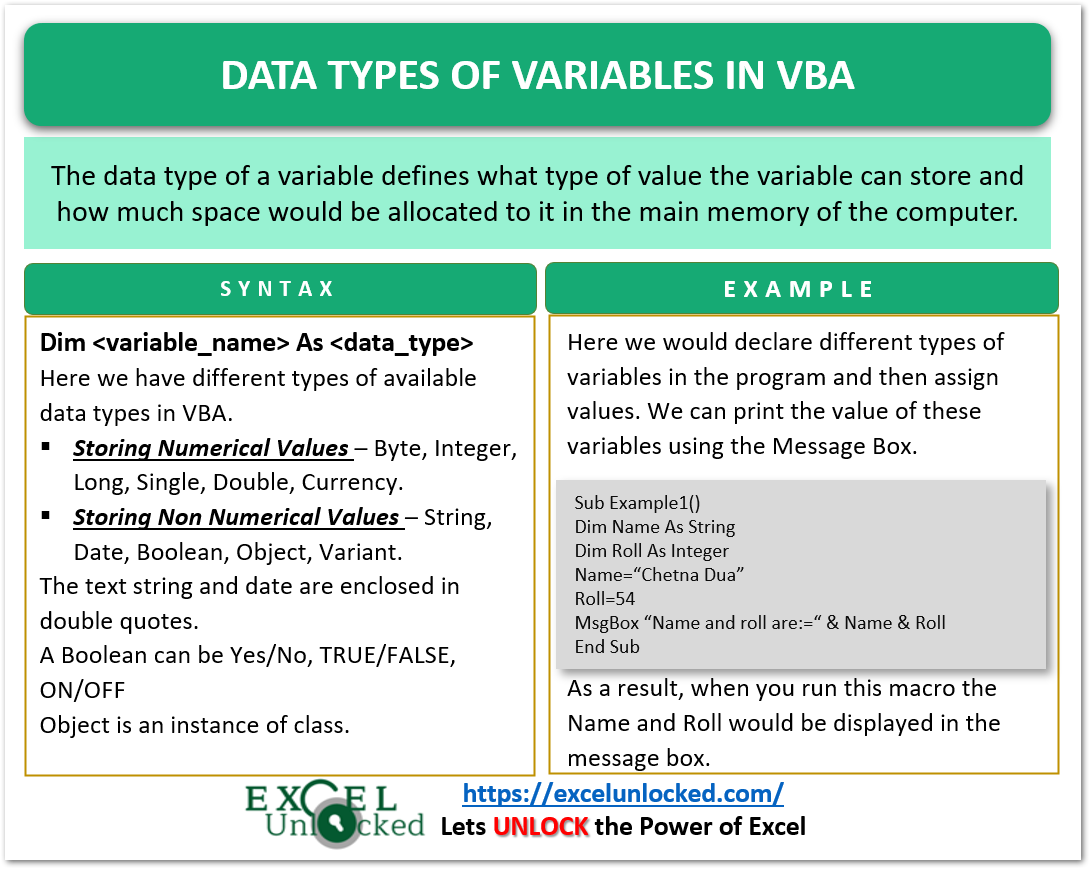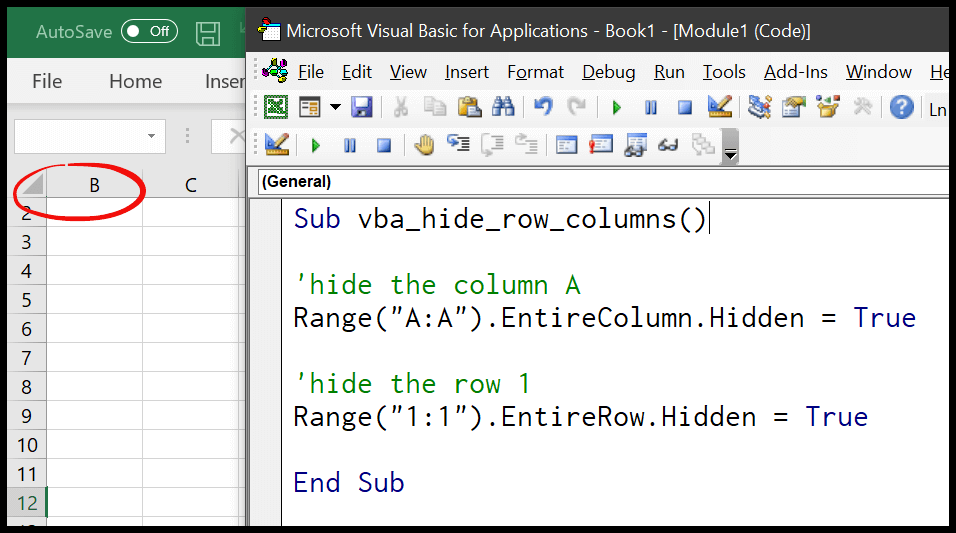How To Delete Specific Columns In Excel Vba Jun 18 2024 nbsp 0183 32 Go to the Developer tab gt Click on Visual Basic Go to the Insert tab gt Select Module Close the VBA window Code Breakdown We select the lookup range Then we iterate through the range and delete the Entire Column
Jun 27 2024 nbsp 0183 32 Method 1 VBA Macro to Delete Columns Based on Cell Value in Excel Steps Press Alt F11 on your keyboard or go to the tab Developer gt Visual Basic to open Visual Basic Editor From the menu bar click Insert gt Jul 30 2024 nbsp 0183 32 Method 6 VBA to Delete Column from a Specific Worksheet in Excel Steps Open Visual Basic Editor from the Developer tab and Insert a Module in the code window Enter the following code Sub
How To Delete Specific Columns In Excel Vba

How To Delete Specific Columns In Excel Vba
https://i.ytimg.com/vi/-gsX-GKkQPk/maxresdefault.jpg

VBA Arrays In Excel GeeksforGeeks
https://media.geeksforgeeks.org/wp-content/uploads/20221011220526/ExcelVBAArray2.jpg

Data Types Of Variables In VBA Excel Unlocked
https://excelunlocked.com/wp-content/uploads/2022/12/DATA-TYPES-OF-VARIABLES-IN-VBA-infographics-1.png
Jun 17 2022 nbsp 0183 32 Here is the following VBA code is to delete specific multiple Columns from the worksheet This code will delete the multiple specific Columns A C H K to O and Q to U which we have mentioned in the code Sub Aug 11 2018 nbsp 0183 32 In this article we will see how to delete columns in Excel using VBA Here is the code We need to specify the column number to be deleted and use EntireColumn Delete to delete the entire column Dim sourceSheet As
In each of these files I need to delete about 20 specific columns Here are some details The columns are in the first sheet of the excel file each file can have several sheets but the columns that need to be deleted are in the first sheet First enter the Column property to specify the column number you want to delete Next enter a dot Enter the EntireColumn property to refer to the entire column In the end enter a dot
More picture related to How To Delete Specific Columns In Excel Vba

How To Change Column Width In Excel Detailed Guide
https://assets.wishup.co/blog/images/2023/11/column-in-excel.png

QT 71 3 Ways To Remove TOTALS From SPECIFIC Columns In A Power BI
https://effectivedashboards.com/wp-content/uploads/2022/09/3-Ways-to-Remove-Totals-for-Specific-Table-Columns.png

How To Unhide Columns In Pivot Table Brokeasshome
https://excelchamps.com/wp-content/uploads/2021/08/1-vba-hidden-property.png
Aug 12 2024 nbsp 0183 32 Method 1 Excel VBA to Delete Specific Column from a Range Based on Header The City column is no longer needed To delete it Open Microsoft Visual Basic and insert a Excel VBA Constructs To Delete Columns If you want to create a macro to delete columns with VBA you ll generally proceed in the following 3 steps Identify the columns you want to delete
May 8 2018 nbsp 0183 32 I need to write the VBA code to delete specific columns for all worksheets in an Excel workbook Let us assume the columns that I need to delete are columns B D G H AM Feb 12 2025 nbsp 0183 32 For those who want to take it up a notch Visual Basic for Applications VBA offers more advanced options for managing columns in Excel VBA is Excel s programming language

2 Ways To Count Columns In Excel For Vlookup
https://i.pinimg.com/originals/fd/60/62/fd606269d2351e681623143349b51645.png

Remove Data Column Bug Help UiPath Community Forum
https://global.discourse-cdn.com/uipath/original/3X/c/3/c3cc7d12e0c0457b5a0862b2af98b60d83b49280.png
How To Delete Specific Columns In Excel Vba - First enter the Column property to specify the column number you want to delete Next enter a dot Enter the EntireColumn property to refer to the entire column In the end enter a dot